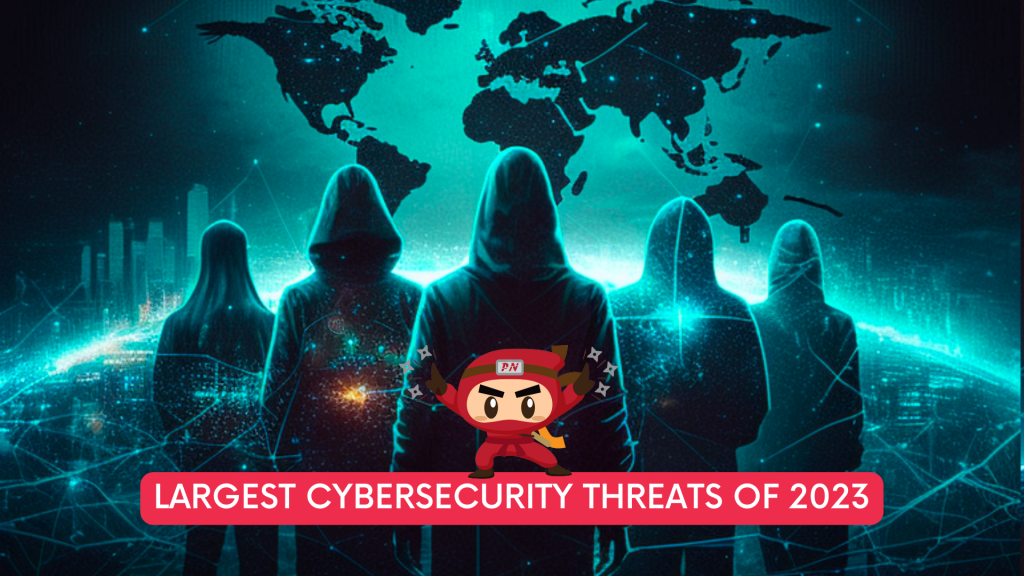
As we move further into the digital age, our reliance on technology and online connectivity continues to increase. While this has many benefits, it also comes with the increased risk of cybersecurity threats. This is because bad actors are constantly finding new ways to exploit vulnerabilities present in an organisation or individuals and gain unauthorized access to sensitive information
These threats are not only limited to large corporations or government agencies in Singapore. Individuals are also at risk, with cybercriminals targeting personal information such as credit card numbers, social security numbers, and login credentials for various online accounts. The consequences of a successful cyberattack can be severe, including financial losses, identity theft, and damage to an individual’s reputation.
As a result, cybersecurity has become a top concern for individuals and organizations alike. The potential consequences of a cyberattack have made it crucial for individuals and organizations to take proactive measures to protect themselves against these threats. This includes implementing strong security protocols, regularly updating software, and providing cybersecurity training for employees.
As we move into 2023, it is expected that cybersecurity threats will continue to evolve and become more sophisticated. It is important for individuals and organizations to stay informed and take proactive measures to protect themselves against these threats. Here are some of the largest cybersecurity threats to watch out for in 2023:
Largest cybersecurity threats 2023
It is important for individuals and organizations to stay vigilant and take proactive measures to protect themselves against these cybersecurity threats. This includes implementing strong security policies, regularly updating software, and providing cybersecurity training for employees.
Your appointed DPO can work with you on your PDPA compliance and prevention of a successful manifestation of these threats, ensuring that there will be policies in place in handling of personal data.
A Data Protection Officer (DPO) compliments your efforts and oversees data protection responsibilities to curb any instances of cybersecurity threats as it is the officer responsible for maintaining the positive posture of an organisation’s cybersecurity.
Don’t wait any longer to ensure your organisation is PDPA compliant. Take our free 3-minute PDPA Compliance Self-audit checklist now, the same “secret weapon” used by our clients to keep them on track. Upon completion, we will send you the results so you can take the necessary action to protect your customers’ data. Complete the free assessment checklist today and take the first step towards protecting your customers’ personal data.
Importance of Efficient Access Controls that every Organisation in Singapore should take note of. Enhancing…
Prioritizing Security Measures When Launching a Webpage That Every Organisation in Singapore should take note…
Importance of Regularly Changing Passwords for Enhance Online Security that every Organisation in Singapore should…
Comprehensive Approach to Data Protection and Operational Integrity that every Organsiation in Singapore should know…
Here's the importance of Pre-Launch Testing in IT Systems Implementation for Organisations in Singapore. The…
Understanding Liability in IT Vendor Relationships that every Organisation in Singapore should look at. Understanding…
This website uses cookies.